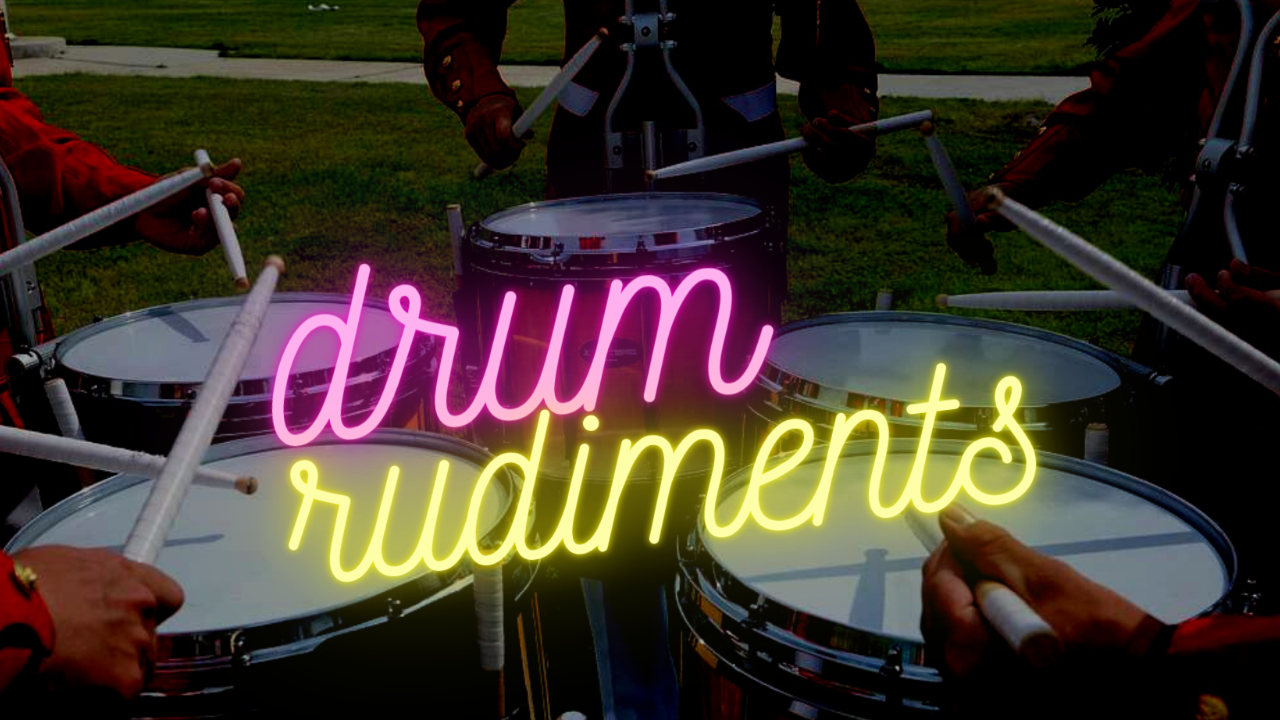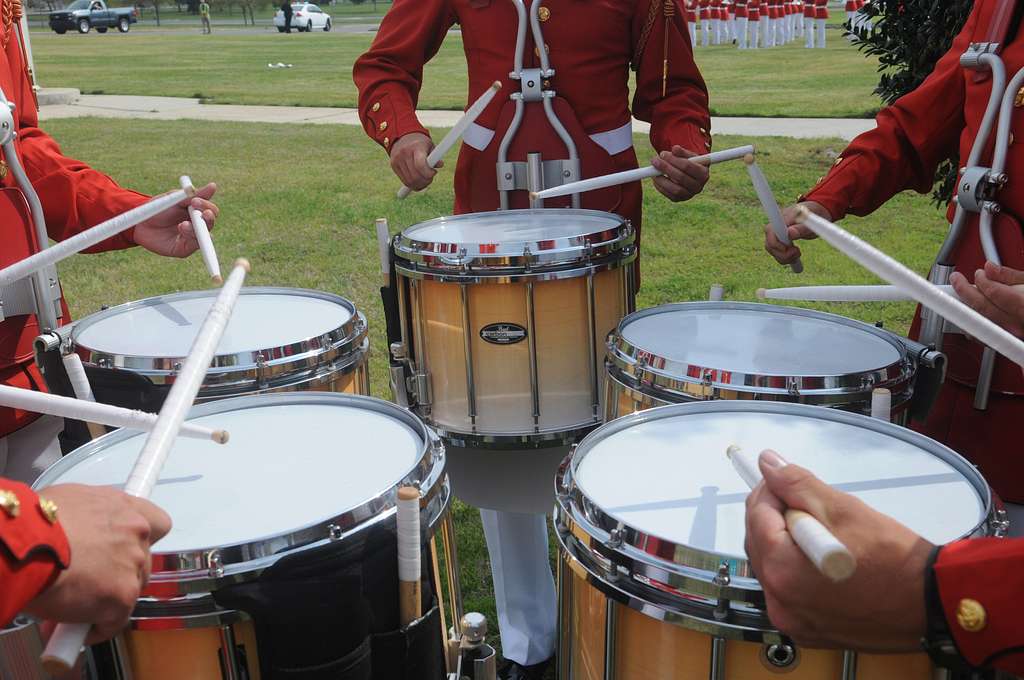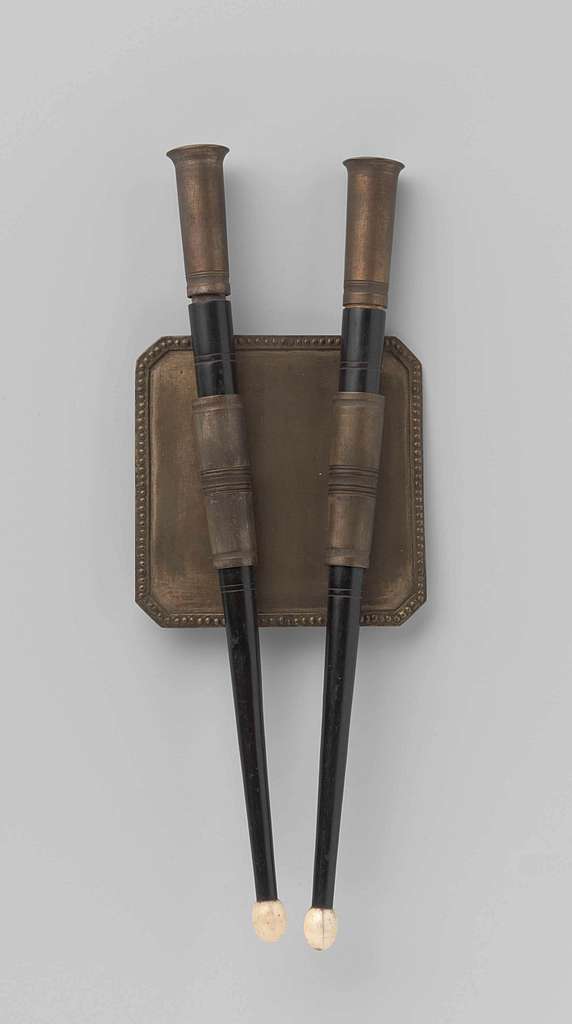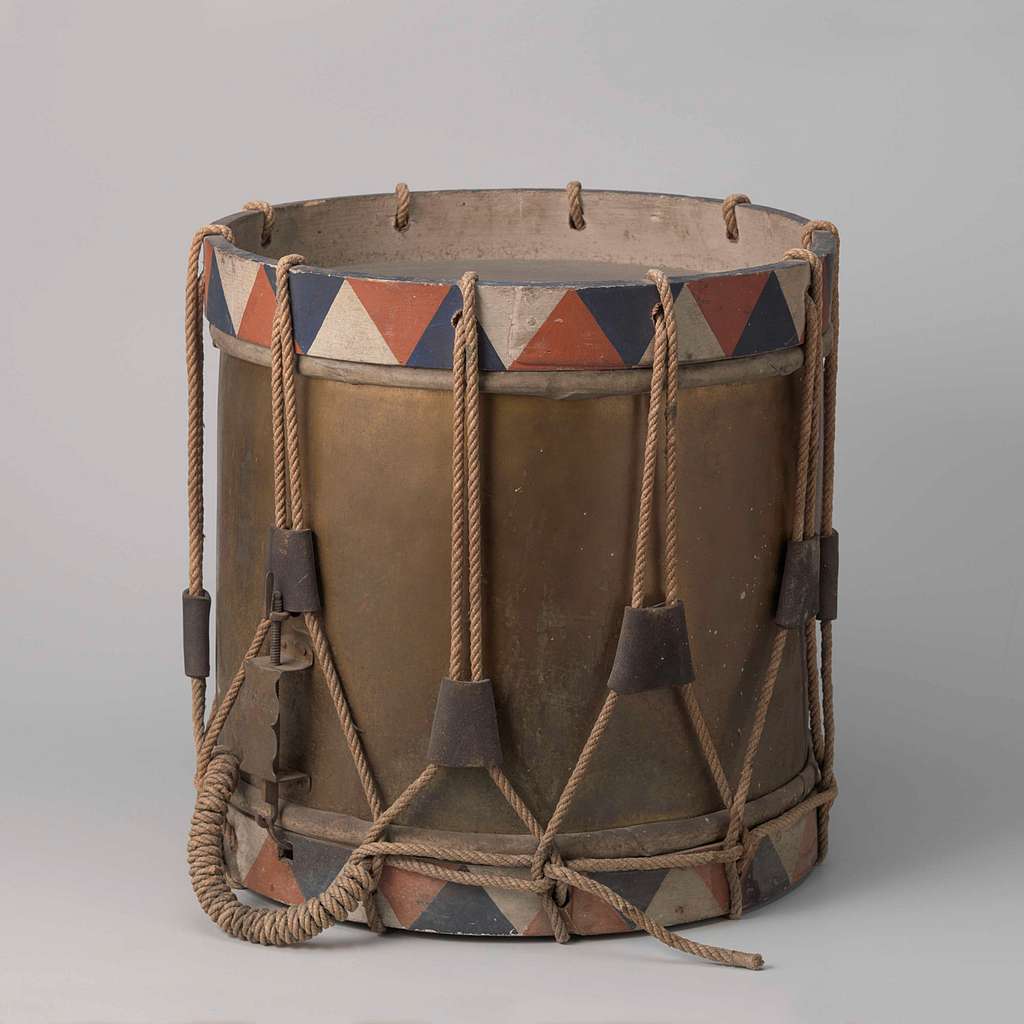History Of The Drum Rudiments
Feb 21, 2023
The history of drum rudiments can be traced back to Europe, where drummers used to play military drums during wars and parades. The earliest recorded rudiments can be found in the Swiss Basler-Trommeln or Basel Drumming, which dates back to the 16th century. These early rudiments consisted of simple patterns such as single strokes and rolls.

In the 18th and 19th centuries, drumming became more formalized, with drummers in military bands and orchestras developing more complex rudiments. During this time, the French military drumming style became very popular, and many rudiments were adapted from this style. Some of the rudiments that were developed during this time include the ruff, flam, drag, and paradiddle.
In the United States, rudimental drumming became very popular in the 19th century, with the formation of military drum corps and the rise of street parades. The National Association of Rudimental Drummers (NARD) was formed in 1933 to standardize rudiments and promote rudimental drumming. The NARD established a set of 14 rudiments, which are known as the NARD rudiments. These include the single stroke roll, double stroke roll, paradiddle, flam, drag, and ruff.

In addition to the NARD rudiments, there are also the 26 Standard American Rudiments, which were established by the Percussive Arts Society (PAS) in 1984. These include many of the rudiments established by the NARD, as well as some additional ones, such as the triple stroke roll and the double drag.
The PAS has also established a list of 40 rudiments, which includes the 26 Standard American Rudiments, as well as some additional ones, such as the cheese, the flam tap, and the book report. The 40 PAS list is often used in drumline competitions and is widely used by drummers around the world.
Application.
Rudiments can be used in many different ways, and can be applied to various styles of drumming. In classical music, rudiments are often used to create intricate snare drum solos. In rudimental drumming, which is a style of drumming that originated in the United States, rudiments are used in combination with other techniques to create complex and exciting drumming patterns.
In DCI (Drum Corps International) drumline competitions, rudiments are used extensively to create intricate and complex drumming arrangements. The Edinburgh Tattoo, which is a military tattoo that takes place annually in Edinburgh, Scotland, also features a lot of rudimental drumming, with drummers from all over the world showcasing their skills.

In jazz drumming, rudiments are often used to create improvised solos. Drummers will use rudiments such as the paradiddle, single stroke roll, and double stroke roll to create complex patterns and rhythms. In rock drumming, rudiments are often used to create fast and exciting drum fills, with drummers using rudiments such as the flam and the drag to add extra flair to their playing.
Snare Drum Sticks.

When it comes to snare drum sticks, there are many different types available, with each type designed for a specific purpose. Snare drum sticks are generally thinner and lighter than drum kit sticks, as they are designed to produce a sharper and more articulate sound.
Snare drum sticks are usually made from wood, such as hickory or maple, but they can also be made from materials such as carbon fiber or aluminum. The type of wood used can affect the sound and feel of the sticks. Hickory sticks, for example, are known for their durability and balanced feel, while maple sticks are known for their lighter weight and softer feel.
The tip of the stick can also vary, with some sticks featuring a round tip, while others have a teardrop or acorn tip. The type of tip can affect the sound of the stick, with round tips producing a more focused sound, while teardrop tips produce a more spread-out sound.
In addition to the tip, the shape of the stick can also vary. Some sticks feature a straight taper, while others have a longer taper. The shape of the stick can affect the balance and feel of the stick, as well as the sound it produces.

Overall, the history of drum rudiments is a fascinating one, with drummers from all over the world developing and adapting rudiments to suit their particular styles of drumming. From the simple single stroke and roll patterns used by early European drummers to the complex and intricate patterns used by modern drummers, rudiments have played a key role in the development of drumming as we know it today. Whether you're a classical snare drummer, a jazz drummer, or a rock drummer, rudiments can be a valuable tool in your musical arsenal, helping you to create complex and exciting drumming patterns that will wow audiences and fellow musicians alike.

